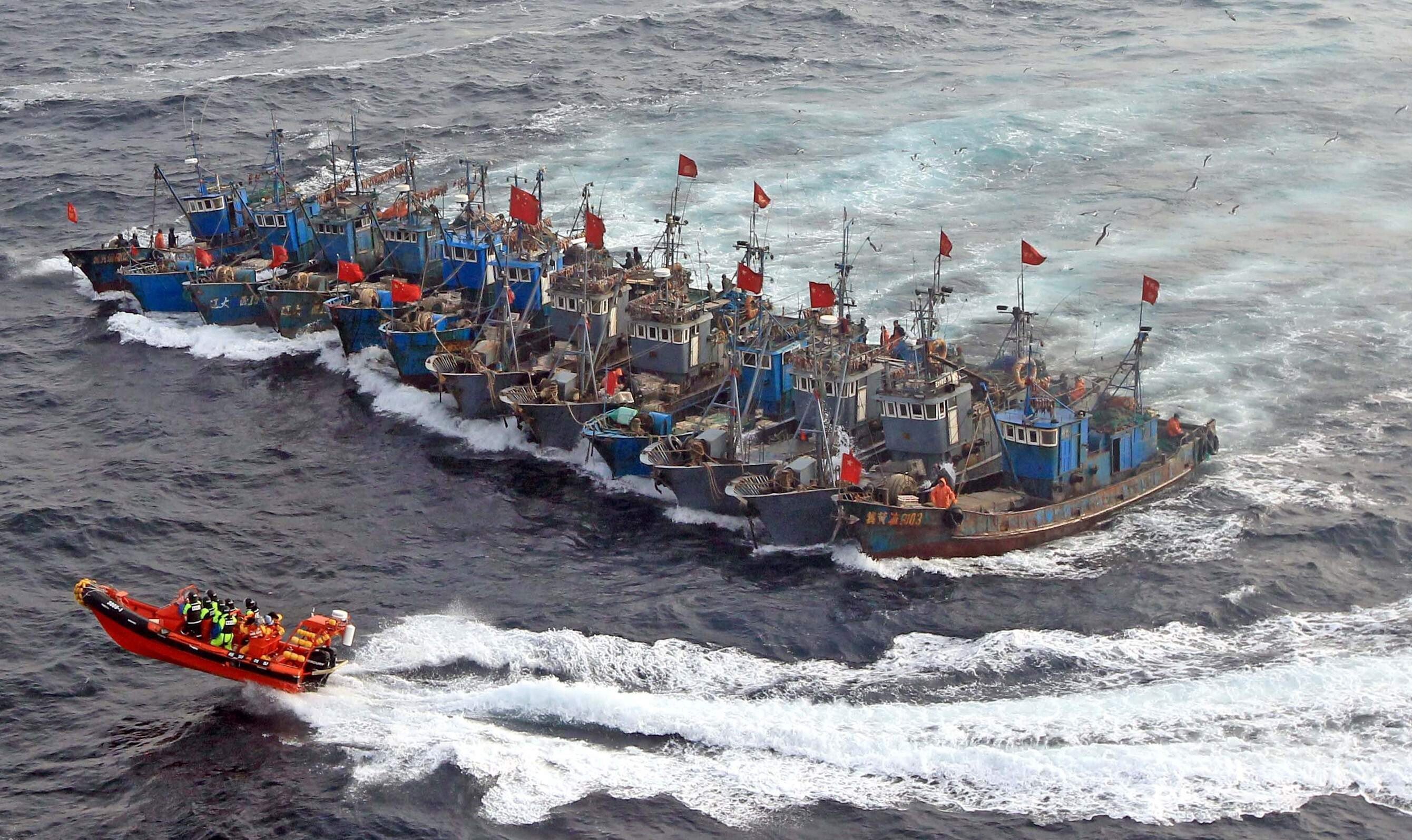It’s every other demonstration of the energy of Big Data—of mining a large batch of facts to look at patterns of behavior that were no longer obvious earlier.
Computers have crunched 22 billion identification messages transmitted with the aid of sea-going vessels to map fishing pastimes around the globe.
The analysis shows that more than fifty-five % of the arena’s oceans are difficult for industrial exploitation.
By region, fishing’s footprint is now over four instances of agriculture.

That’s a magnificent remark, given that fisheries provide the smallest 1.2% of world caloric production for human meal consumption.
The investigation shows that the most significant effects of this activity aren’t environmental – whether it’s miles summer or wintry weather, or whether or not there’s an El Niño or fish are migrating, for instance.
Instead, the central controlling elements are large,ely political, and cultural.
“You’d think that fishing activity could observe a few natural pulses of the seasons; however, in fact, it is secondary to whether or not it’s a weekend or now not, or whether there’s a moratorium or a public excursion,” says David Kroodsma from Global Fishing Watch, which led the examine published in Science Magazine.
“Because fishing is an industrial activity tied to politics and culture, this is sincerely a high-quality message as it suggests we have a variety of human organization within the way we fish the oceans, and it’s entirely within our electricity to change things,” he instructed BBC News.
Kroodsma and associates were gambling with the data from the transponders that every massive vessel is currently mandated to carry.





